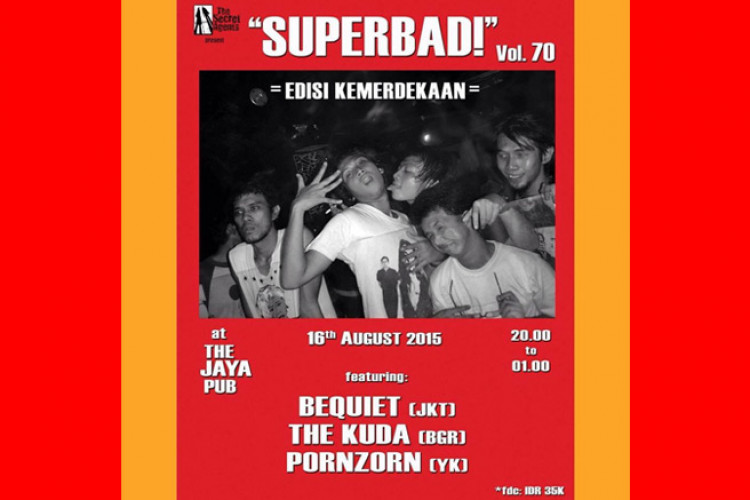Crafting design with Eric Widjaja
Whiteboard Journal (W) meets with Eric Widjaja (E)
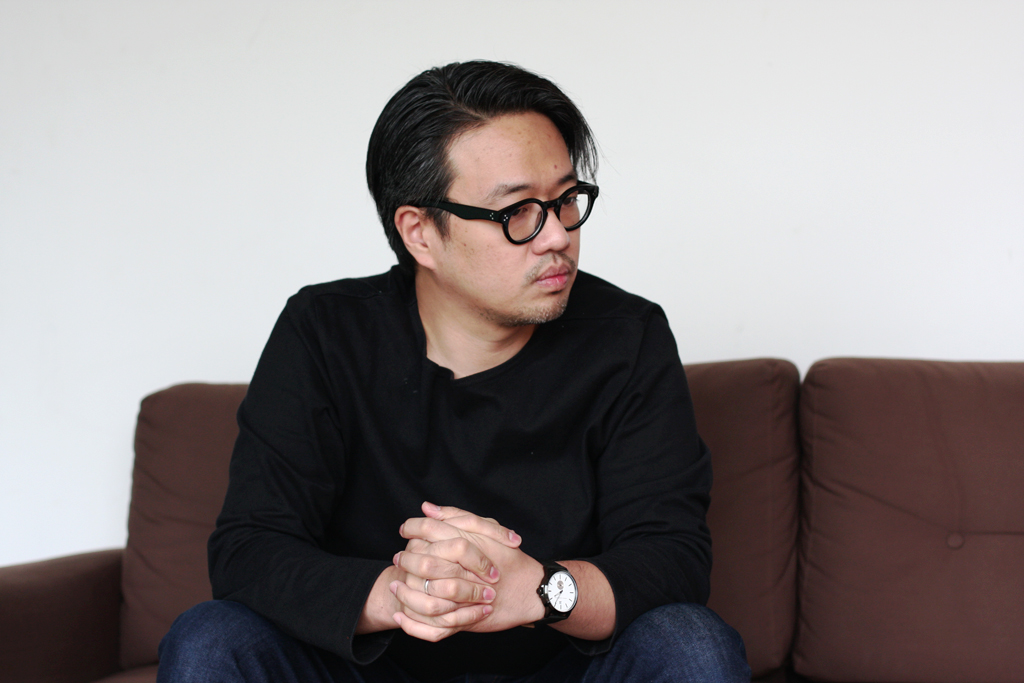
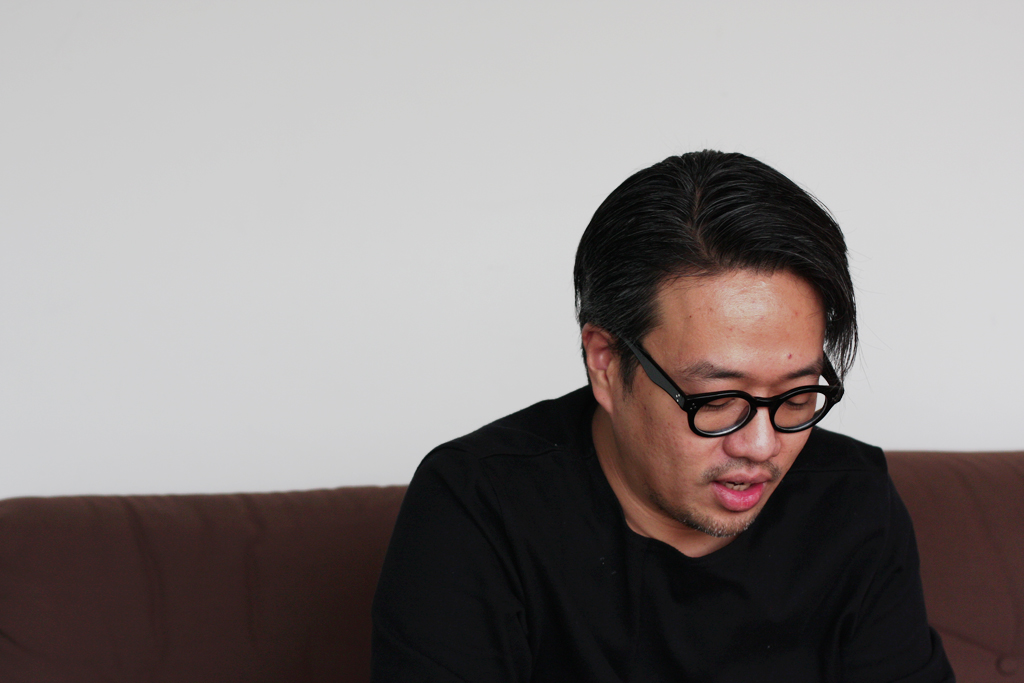
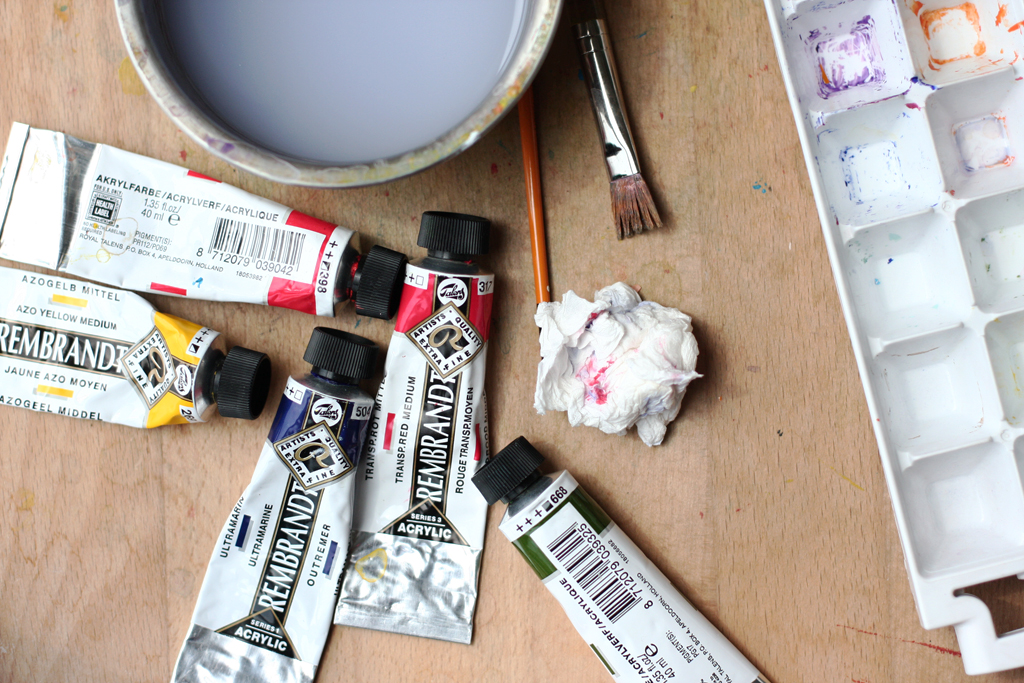

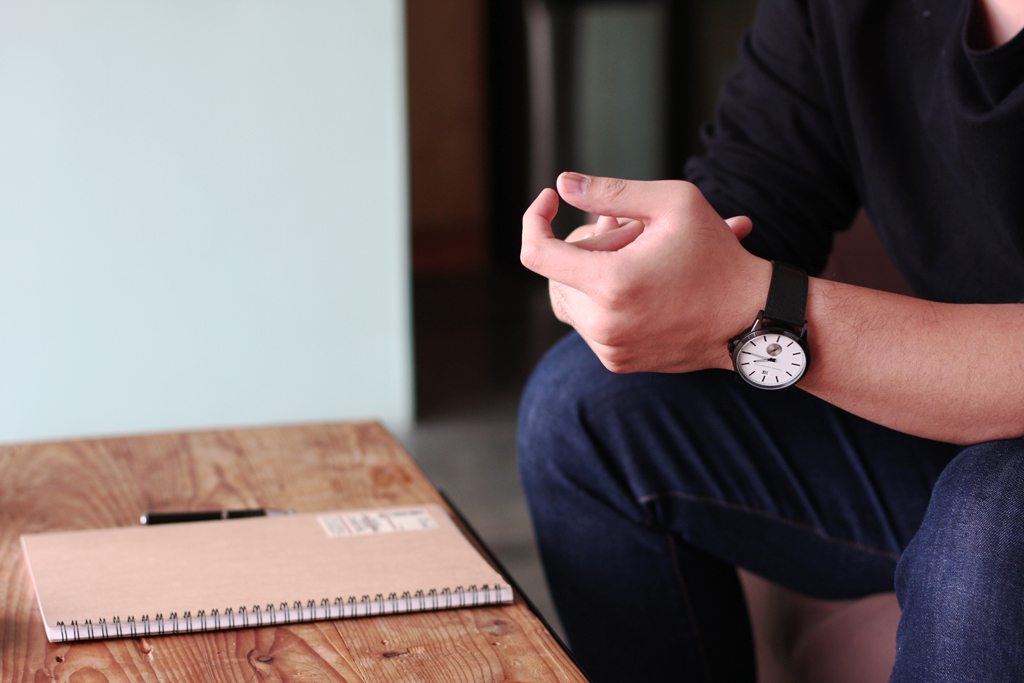
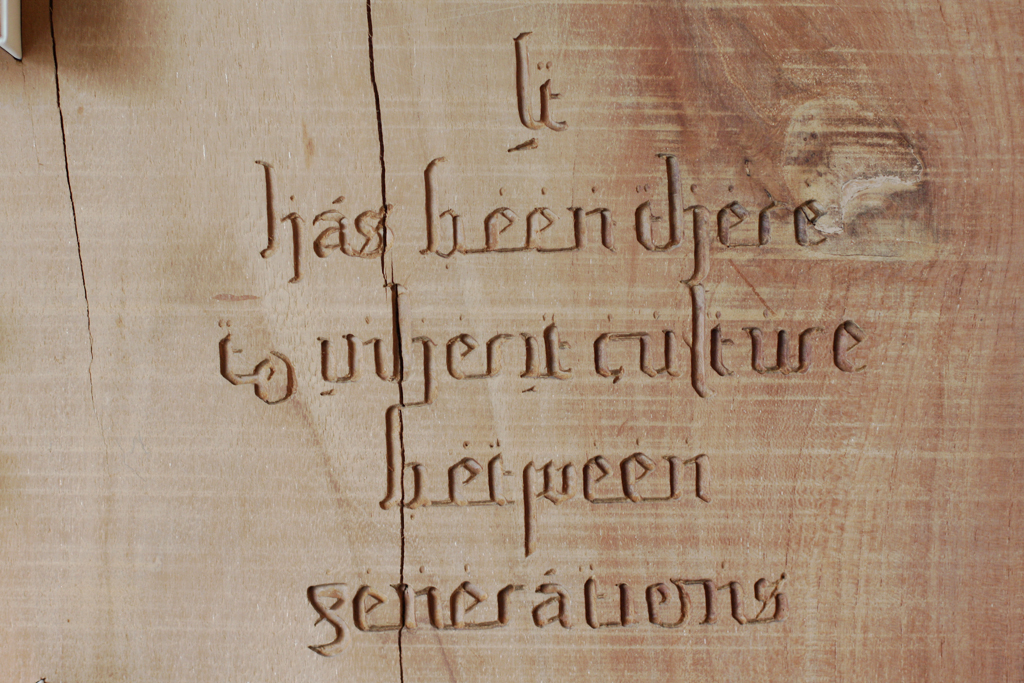
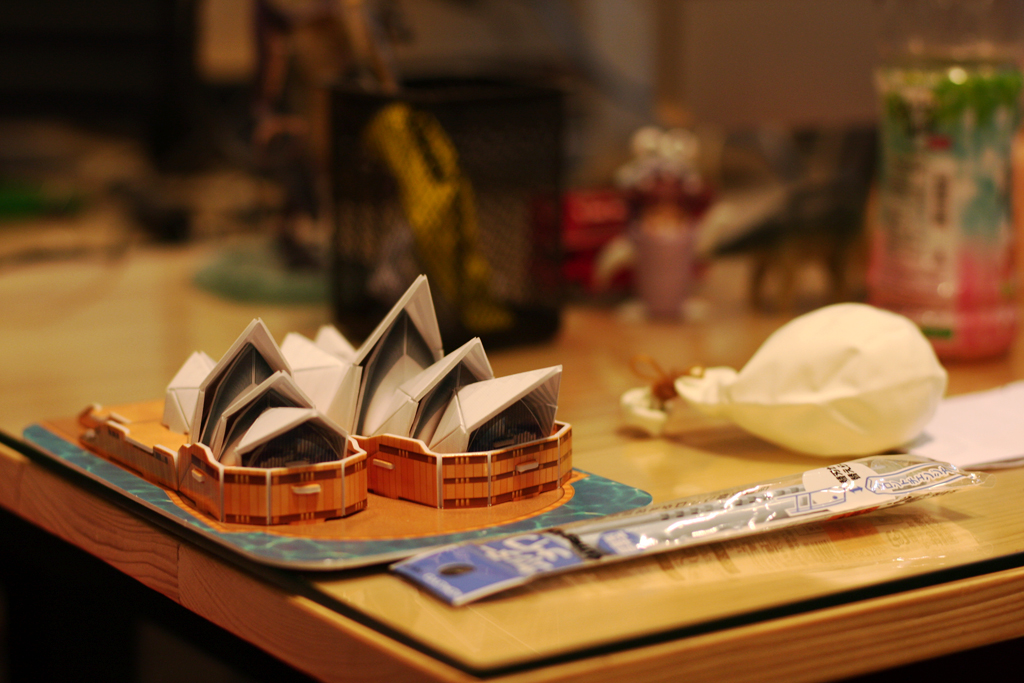
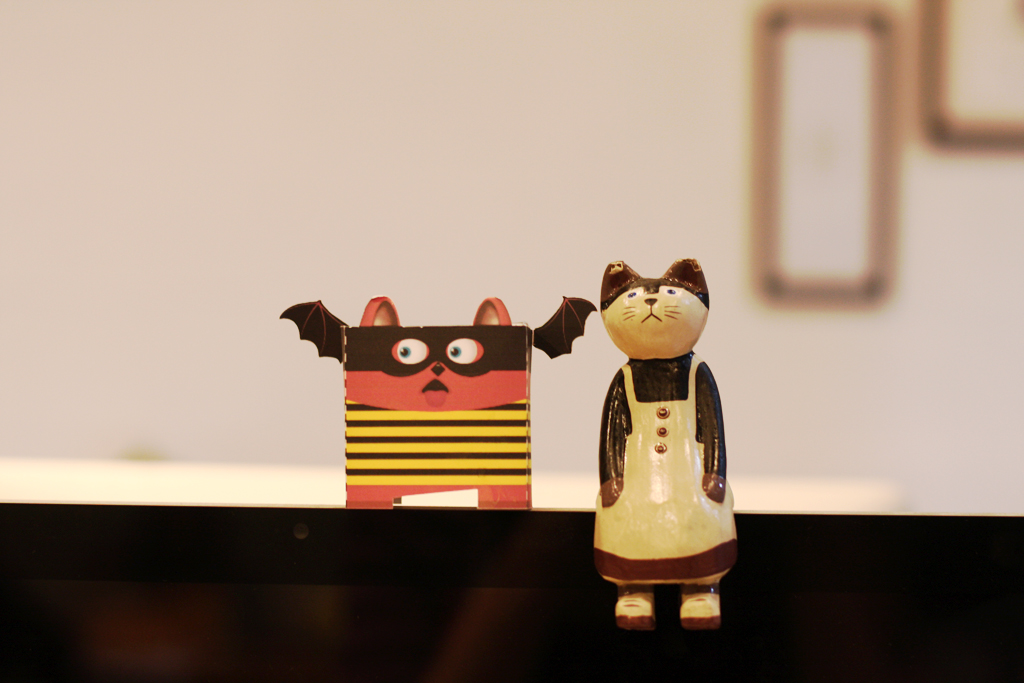
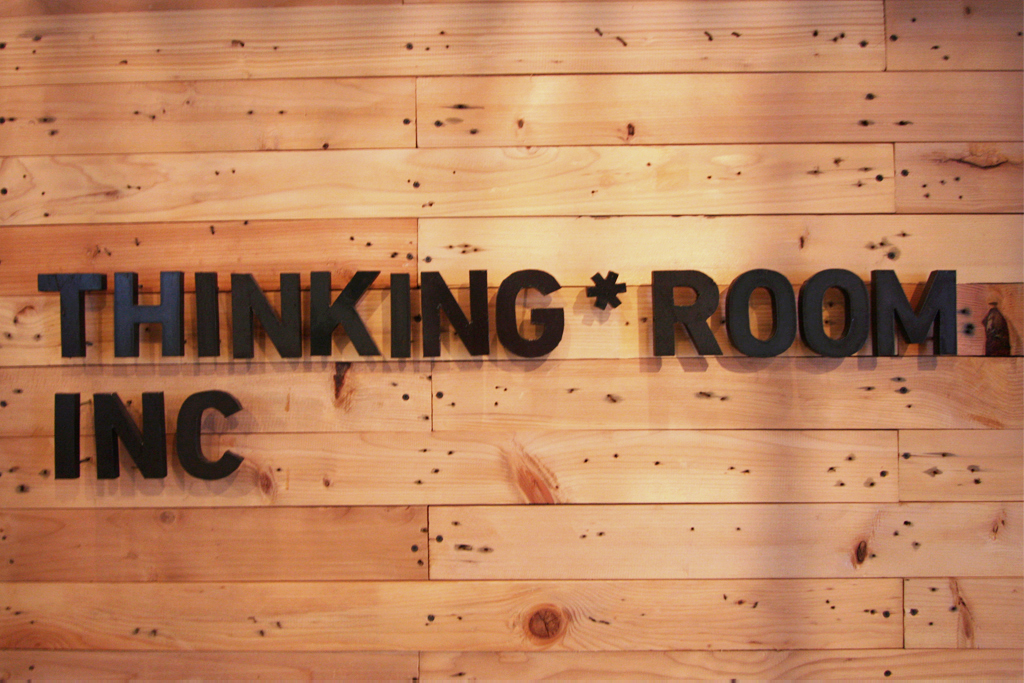
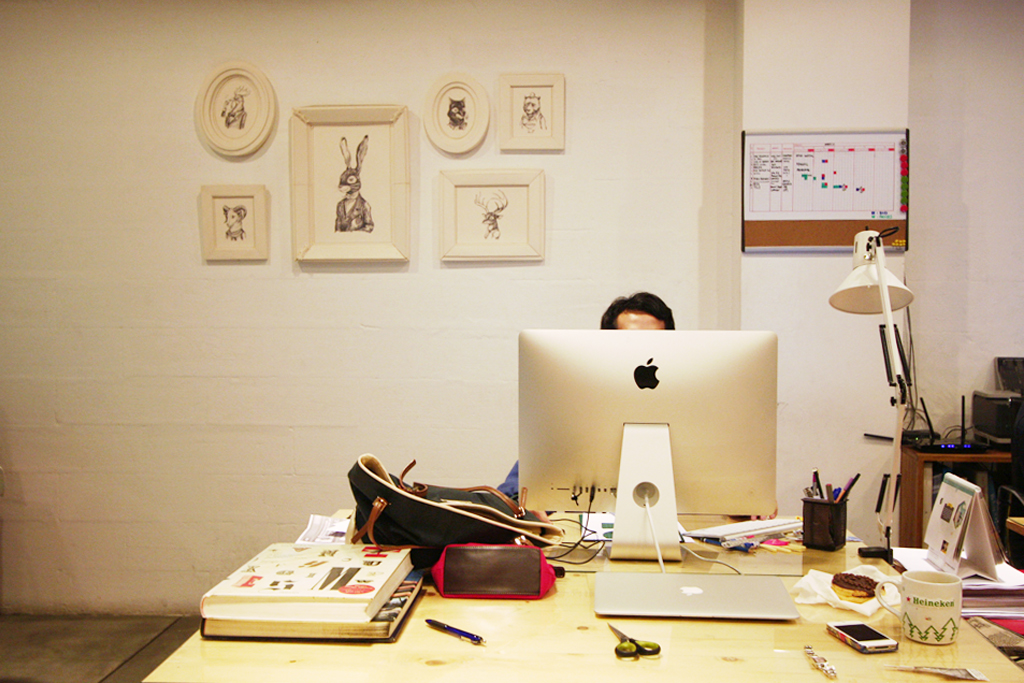
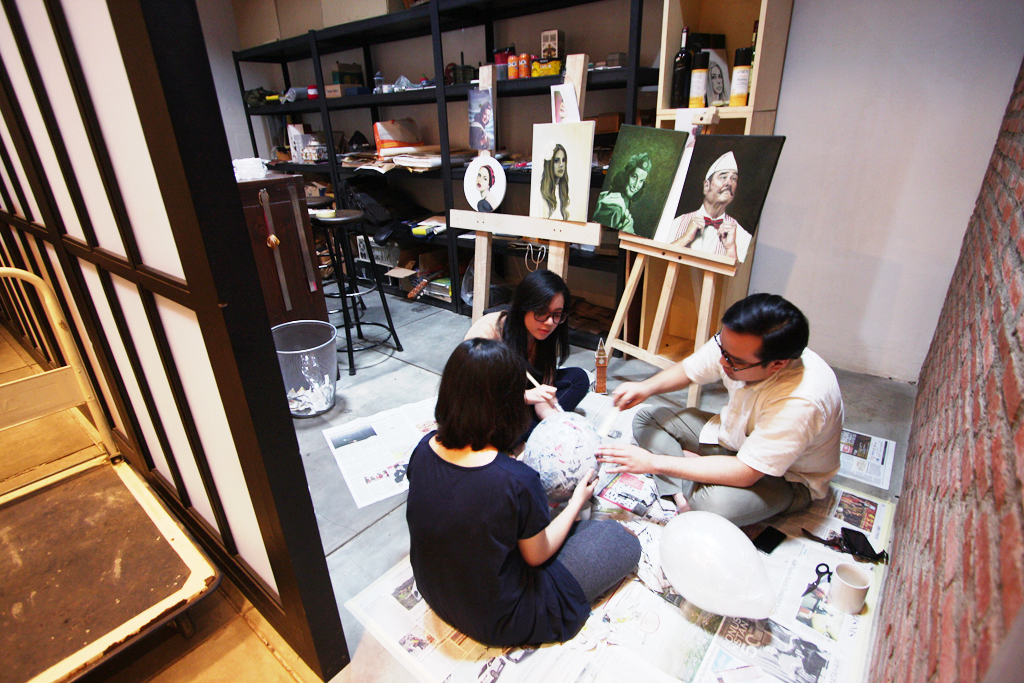
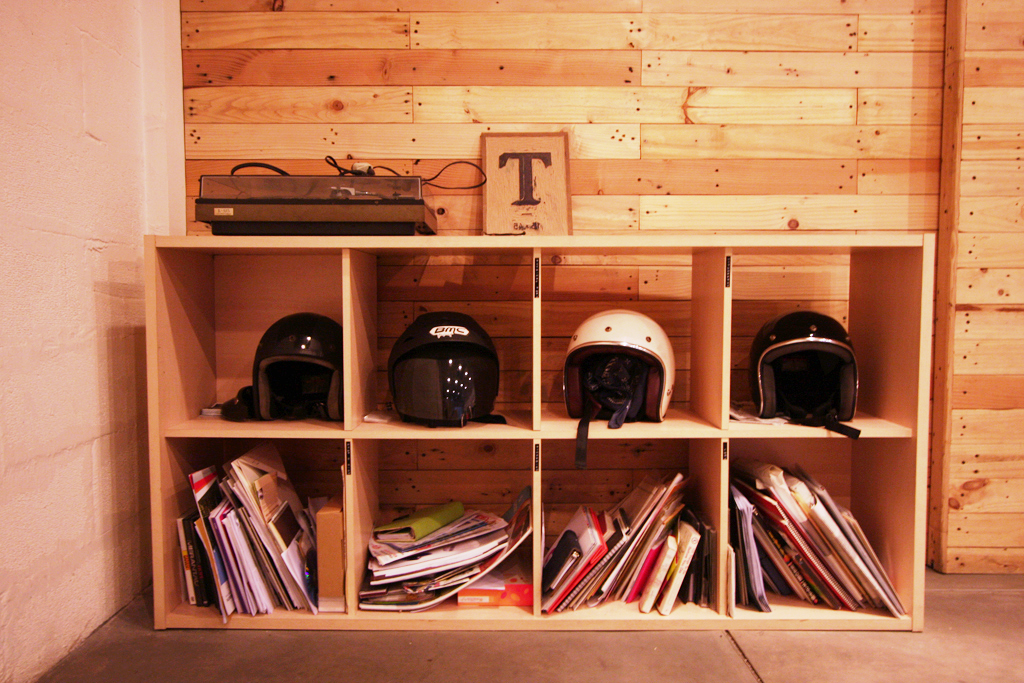
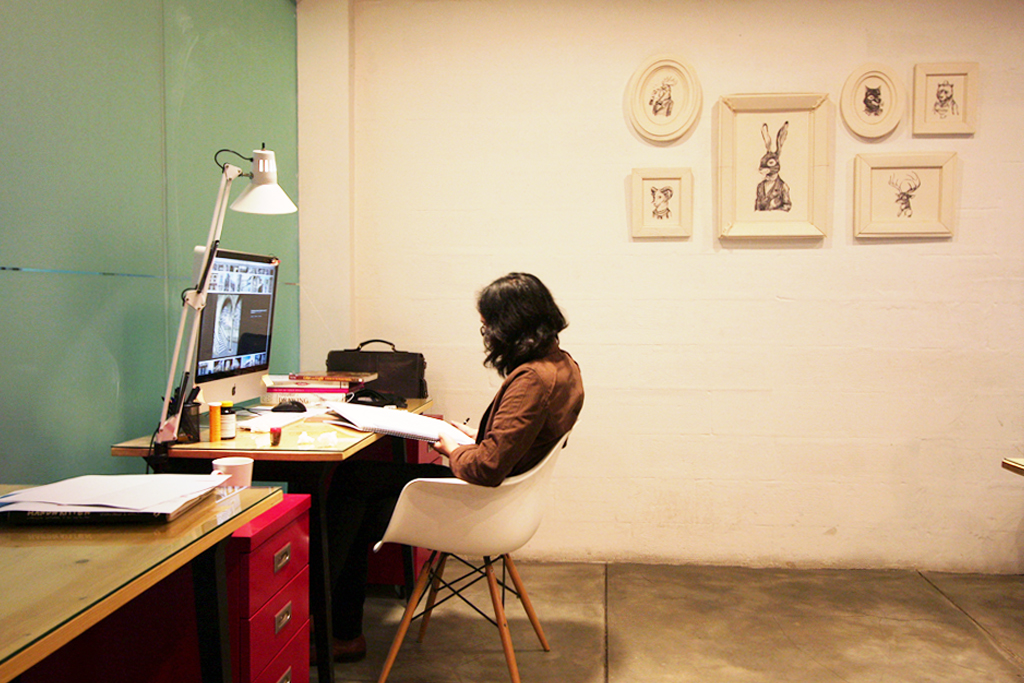
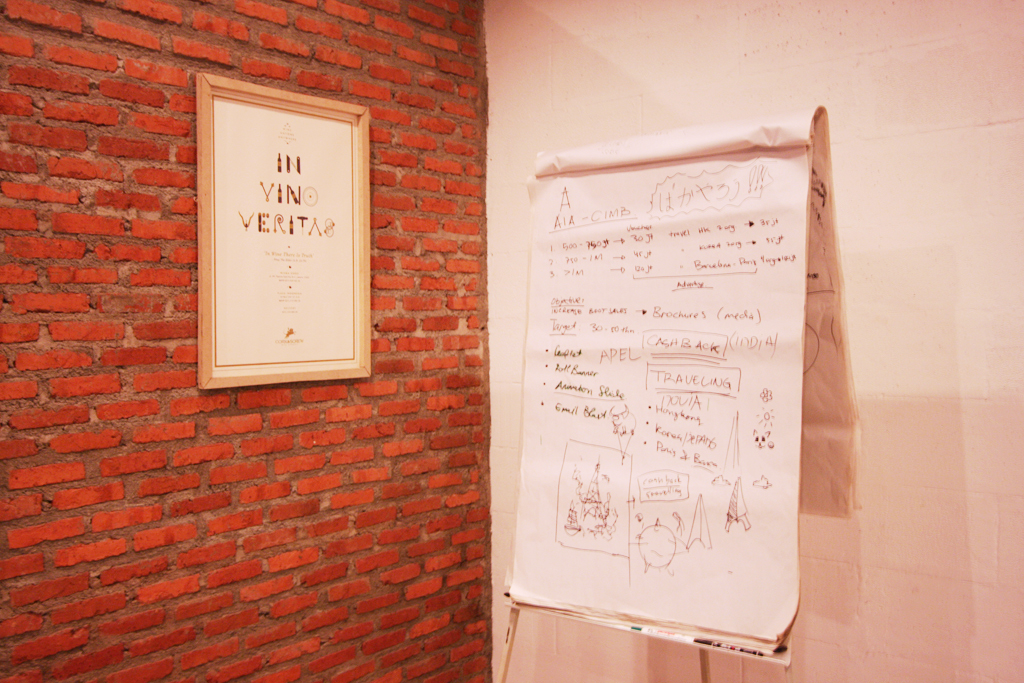
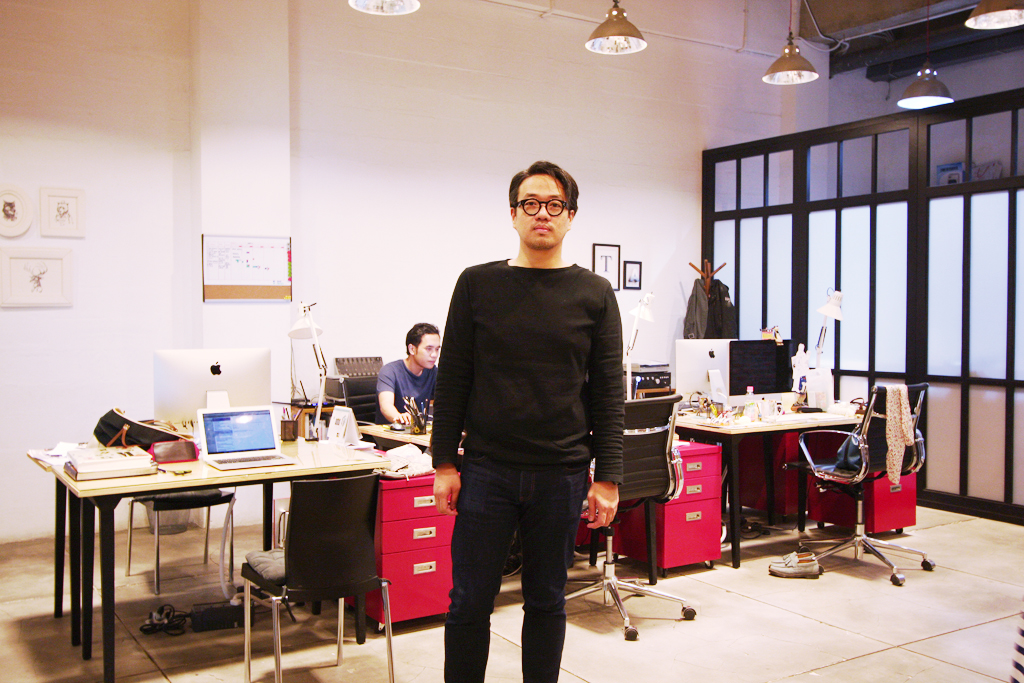
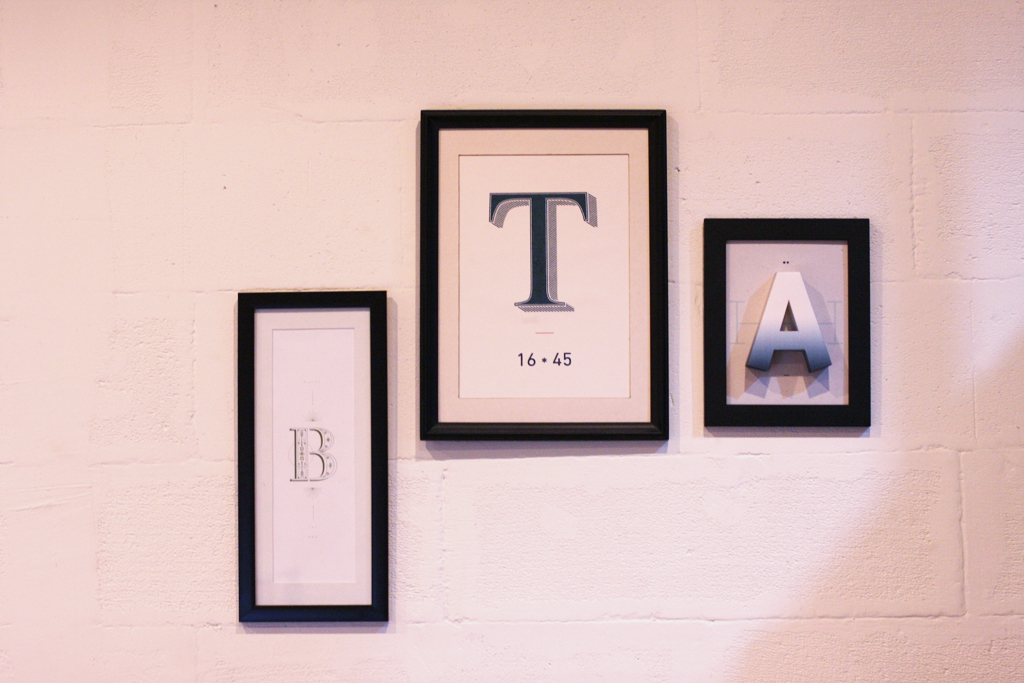
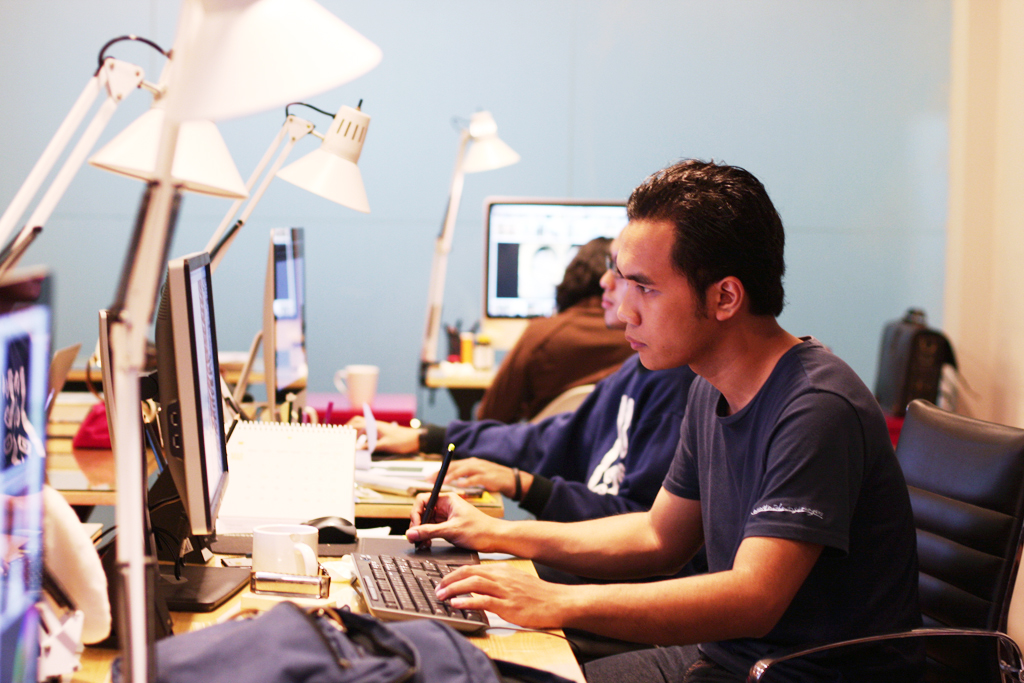
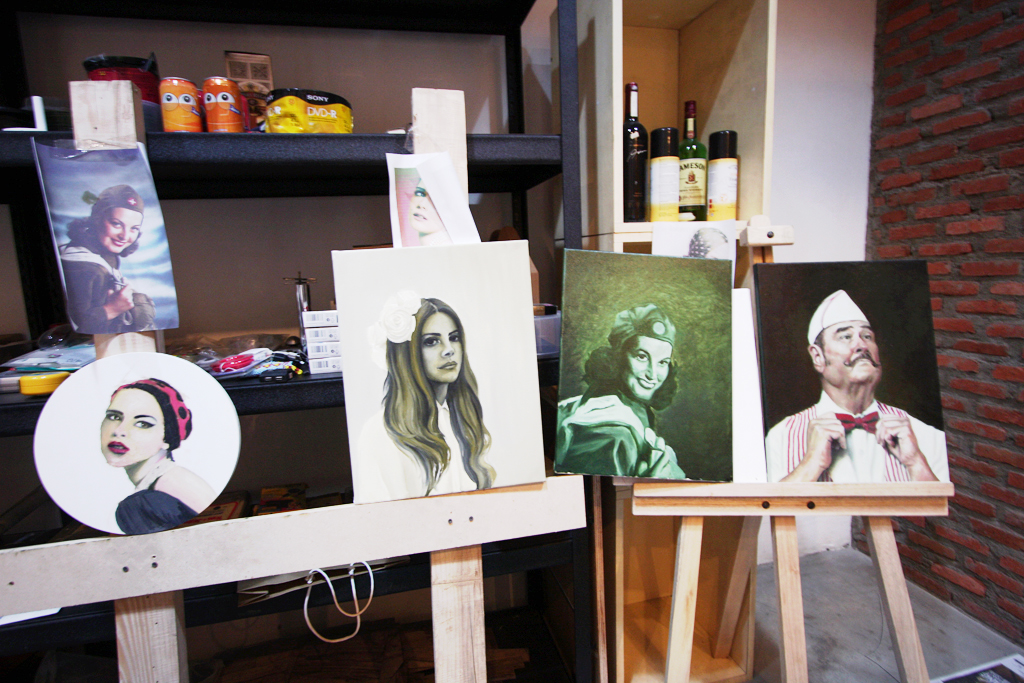
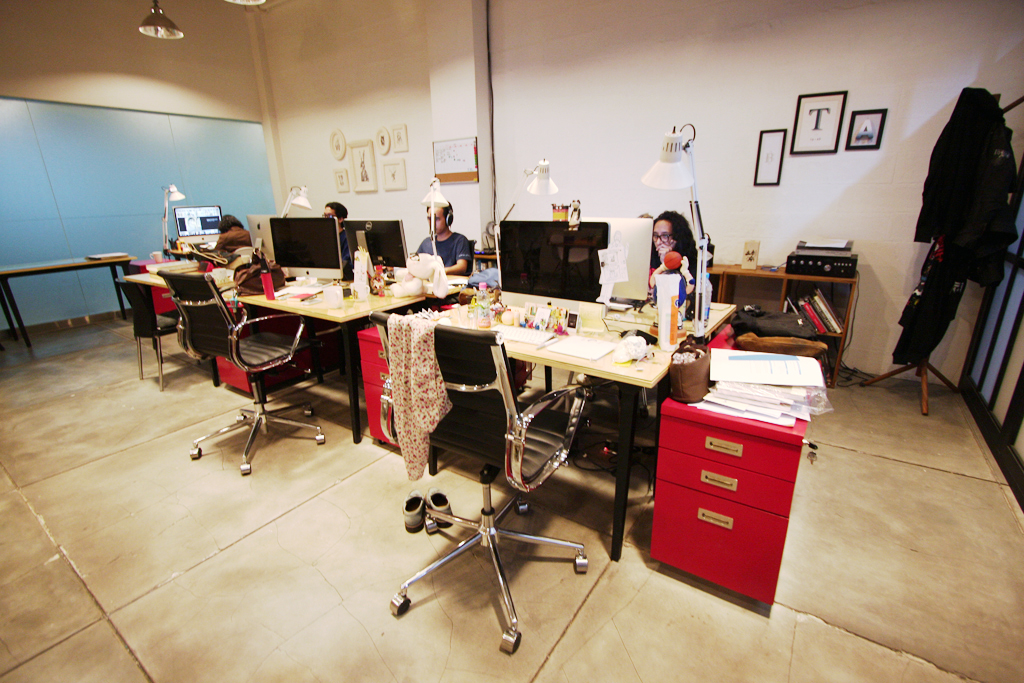
W
What’s your background? Can you tell us the story of your life before and after Thinking Room?
E
My background…well, when I graduated from high school, I got the opportunity to study abroad. At first, I didn’t take design major. I originally studied engineering in a small city called Corvallis, Oregon. It’s really a small city, there was only one McDonald’s. I took engineering, because at that time, my parents didn’t really support me taking art major. I guess most parents back then weren’t really enthusiastic about art and design. I was really interested in design even though I couldn’t draw well back then. I’ve always like music and composing songs, and enjoyed rock music in general. Because of that interest, I started to collect album covers from many rock bands. I think I was really drawn to those album art covers. In my opinion, lots of bands in rock and metal scene have very distinctive styles. Even their logos could make a huge impact in sub-cultural scenes. And that’s what really got me into art and design.
W
So you did like to draw?
E
Well, sort of. My drawing skill were very limited. I was more into graphics and geometric shapes. My parents were pretty traditional/conservative, they wanted me to become an engineer back then. So I ended up taking engineering, and pretty much wasted two years of my life.
W
Oh, so you studied engineering for two years?
E
Yes. It was foundation classes though. I knew that I couldn’t keep going. None of my grades were any good. There was a class called “Drawing 101,” which I actually took for fun. But then, I realized that this was my passion. When I took that class, my grades were always good…to the point that my professor gave me an A++ for one of the assignments. That professor told me that if I was really serious in art, I should transfer to an art school that specializes in art. So, I decided to move to San Francisco – and that I did without telling my parents. I just told them that I need some time off, some time to think…because of two years wasted. I applied to art school with the remaining school tuition, and only told them about it after I had been accepted. In the end, they let me go through with it because I couldn’t get anything done in two years anyway. Believe it or not, I really enjoyed what I was doing. I learned lots of things during my time there. So yeah, that went pretty well for four years. In my third semester, I already started working. My school held an annual event called Spring Show, I was hired by a company that was interested in the work I did for that event. So in my third semester, I already had my own income.
W
Why did you choose San Francisco?
E
I actually wanted to go to the Art Center in Pasadena, because it was one of the best art school in the US. San Francisco’s Academy of Art University offered more opportunities because to get into the Art Center, you had to have a good portfolio. If you didn’t have a good portfolio, you had to take a portfolio class that went on for a semester. I had already wasted a lot of time, so I thought it’d be better to go to the Academy of Art University – which didn’t require portfolios. I just had to take a test and submit transcripts from my previous university. Luckily, I got to learn from really good professors. Most of them were practicing designers. I really learned a lot from them.
W
So after that, did you go back to Indonesia and immediately establish Thinking Room?
E
No, when I returned to Indonesia, I worked for two years. I haven’t been back in such a long time, so I didn’t know many people. I had a little connection that made me took a job in the biggest food company in Indonesia.
W
What was your role in that Company?
E
The role is a bit sad, I mostly handled the packaging for their products. The lesson I learned was building lots of networking and connection while I was in my previous company. So yeah, I did that for two years. I came back in 2003, and finally made my own studio in 2005.
W
Did you do it by yourself? Or was it a collective endeavor?
E
Legally, there were three of us. But I was the only one who really ran the studio.
W
What was the thing that really pushed you to establish Thinking Room?
E
Well it all stemmed from my own disappointment towards Indonesia’s creative industry. When I was at my previous office, there was an international creative agency that has a branch here. They did the company’s branding. Their output wasn’t that great, but they could charge really high fees. And I was just really disappointed. How can you charge that much for something that isn’t of good quality? In 2003, the design industry hasn’t really flourished. I expected to see some good changes, but that wasn’t the case – as you can see from the posters of political candidates back then. I felt that I had to make a contribution to this industry.
W
So that’s what motivated you?
E
Yes. I’ve already built a pretty solid network during my time at the previous office; I was able to start my new business.
W
When you first started, how was the design scene compared to now?
E
In 2005, there weren’t that many things available. There was only one that I really admire back then, which is LeBoYe. Now, the industry is rising up and is very competitive. There are lots of new studios from small to big sizes. It’s pretty impressive. I always believe that the more; the merrier for graphic design industry to be in the good shape. Back then when I opened my studio, I didn’t really think about business. It was always number two on my list. I concentrated on building my portfolio. I guess I was trying to create a certain image. As long as I thought a project had potential, I took it. I started from retail – fashion or lifestyle. I wasn’t really comfortable with the corporate sector; maybe because I got sick of my own experiences of working at a corporation. So I avoided that. It was a good thing, because new retail businesses gave us a lot of freedom to explore. I really wasn’t interested in how much money I made.
W
How did you attract retail or lifestyle brands? Did you look for them, or did they come to you?
E
We were acquaintances. But most of the marketing was just from mouth-to-mouth. And, well, there were a lot of coincidences, too. I think in Indonesia, once you do one thing really good, you kind of get to be known for it and you’d end up doing the same thing over and over again. I personally didn’t really care about the industries. As long as they let me explore, and had enough potential to help me build a good portfolio, I accepted the projects.
W
In your opinion, what is Thinking Room’s character/style?
E
I don’t think we really stick to any particular styles. At Thinking Room, whatever we do has just need to be make sense. I would say the audience who will judge and determine what our style or characteristic. I’m not really comfortable with the thought of being boxed in. Your output will produce character, but I don’t think about it as I’m doing my work.
W
Some say that Thinking Room focuses on typography. Do you agree with that?
E
Well, it’s not Thinking Room focuses on typography, but I think the most important element in graphic design is typography. One of my professors once said without typography, there would be no packaging, logos, or anything that makes graphic design. In my opinion, graphic design has to have its strength in typography.
So you want the designers here to be skilled at typography?
As a graphic designer, it would be ideal if they have an expertise in typography. When I first started to study graphic design, I just thought it was like advertising or illustration – drawing, basically. But then my professor said that you have to be really knowledgeable in typography in order to be good in graphic design. It’s the basic foundation in this field.
W
Why are you also interested in tactile design?
E
Why tactile? Well, in 2009, we didn’t really have a lot of projects. So we decided to put more time and effort in the projects that we got. I guess it came out of boredom, too (laughs). There was a lot of manual work involved. We had a lot of time, so why not? Most of them were just submission works, no money involved. But just recently, a client wanted us to do that kind of stuff for them – something that they thought was very particular to our style. It’s pretty funny, actually. Because when we tried to do the same thing for one of our clients back in 2009, they didn’t like it all. What was rejected back then became something that people looked for from us today.
W
But why did you think it was a good idea to explore tactile design?
E
Probably because it wasn’t so popular in Indonesia at that time. I guess we just wanted to do something that others haven’t done – even though a lot of people abroad already have.
W
In your opinion, what is good design?
E
In terms of graphics, good design is something that has meaning. For me, graphic design is a language. It’s not just a creation. The difference between graphic design and fine arts is the ability to communicate with others. What do you want to deliver? With just one look, you should be able to grasp what it is. With fine arts, you don’t necessarily have to know what it means. As long as it looks nice or unique, it’s okay. But with design, you need to be able to say something that can be understood.
W
So you think that graphic design has to be something that can be understood by a wide audience?
E
Yes, the wider the better.
W
One of your former employee told me that at Thinking Room, a lot of the work you do tends to break the rules of design and is generally experimental. Do you think it’s true?
E
I wouldn’t say we break the rules. When we get a project, we always think about why clients come to us. So I feel motivated to give them something that goes beyond the usual standards. We have to push ourselves to make better things.
W
How do you push?
E
Well, we have our own methods. There are lots of different ways – like using methods that most people don’t use. We don’t want to make something that’s too mainstream. So in that sense, it’s not that we try to break the rules, we just try to push ourselves further than others.
You often give talks about your concerns towards design education in Indonesia. What are the problems?
Lots of problems. The fundamental education is good, but I don’t know why the output from most universities is usually the same. When I first opened a job vacancy at this studio, most of the applicants submitted similar things. It was very confusing. It’s not that I’m trying to compare, but when I was in SF, every students were encouraged to explore their personal character in their works. What I’ve heard that students here don’t really get a lot of freedom to explore. My designer friend has told me that one of the universities in Surabaya required their students to have a “wayang” element in their design with the subject of local content – if not, they would get some points taken off. In my talks, lots of students asked me the prospects of being a graphic designer – like what they can do after graduation. And a lot of them even ask about the pricing. I came to the conclusion that they’re very insecure with what they’ve been taught.
W
Do you think that this insecurity is a result of what they’ve been taught?
E
I would say so. Most students I’ve met or interviewed said they don’t really fully understand what they’ve been taught so they need to learn by themselves.
W
But going back to that wayang project. Don’t you think that limits can also push people to look for ways to be creative? Because in reality, you can’t always explore what you want.
E
True, but the context is local content. And local content doesn’t always have to be wayang.
W
What message do you try to deliver (to students) at the seminars?
E
I just want to show them how to solve problems without having to use methods that have already been widely used. I want them to know that there are many ways to solve a problem.
W
Do you think the problem in our design education makes it difficult to look for talented designers?
E
Definitely. It’s really hard to look for competent candidates. These days, the quality of the candidates isn’t that great. One of the reason is because the educational institution that accept too many students every year. It becomes quantity over quality. Last thing I’ve heard that there are 600 graphic design graduates in one generation out of one campus. Even though you’re a good mentor, it’s so freaking tough to teach design to 600 students – especially those who don’t really know much about design.
W
What do you look for in designers who apply to Thinking Room?
E
In the very beginning, I looked for those who could make good designs, have a good taste in art and have a complete understanding about graphic design. But after a while, good designs weren’t enough. Now that Thinking*Room has developed, I look for people who has good ethical work and diligent. I think that skills can be acquired, but shaping attitudes isn’t as easy. People who are disciplined will listen to what they are told. Of course, it’s more challenging to train them, but I prefer those kinds of people nowadays.
W
But isn’t that a bit contradictory? Doesn’t that mean they wouldn’t be able to explore or experiment?
E
In the past, we worked with really good and talented designers. But now it’s better to nurture those who are willing to learn. Bad attitudes can influence their surroundings.
W
But what if you’re missing out on people who really have good taste?
E
I chose to sacrifice that. I realized that it’s better for me to come up with ideas, and just let them execute those ideas. We have Thinking*Room’s methodology book for all the designers here. Everyone who works here has to read that book. So our output is pretty much under control.
W
Do you have personal projects?
E
Not at the recent time. I’m just focusing on managing the office. At one point, I started one, but then I couldn’t handle it.
W
So are you the creative director?
E
My role is more toward managing the studio now. But I’m still involved in the brainstorming process.
W
But in the beginning, you did a lot of design, right?
E
Not only design, I did a lot of things back then – from administrative work, client meetings, marketing to financing, well, pretty much everything. But as of 2010, we started to grow. We looked for clients that could give us some fixed income. My parents used to tell me that graphic design has no future, and it’s always bothered me. Is it really that impossible to do graphic design as a living?
W
So you’re always trying to stick to that?
E
Yes. I try to support all the employees at Thinking*Room with all sorts of benefits. When I first came back, lots of friends and relatives didn’t understand what I did as a graphic designer. A lot of them thought I was making paintings or advertising. So I guess my mission is to show people that graphic design can work out just fine.
W
Do you think that, in the end, you will have to accept projects that are more commercial? Does it affect your design idealism, though?
E
As long as you know how to deal with corporate world, it’s not that hard. When we see that a project won’t really spice up our portfolio, we usually charge more. But for projects that will look good on our portfolio, we’re willing to charge less.
W
So you easily accept commercial projects?
E
Yes. Thinking Room is at the stage where we have to accept everything. I believe that it’s important to grow – but as to how it grows, that really depends on people who work with me.
W
How do you want it to grow?
E
I personally don’t want Thinking Room get too big. A medium-sized company is good enough for me.
W
But do you still take projects that will improve your portfolio right?
E
Yes, I do. I want all the art directors to contribute at least 5 potential projects for the portfolio in a year. That’s how I judge their performance. I always look for potential projects that can be explored – whether it’s retail or submissions.
W
Are most of the potential projects personally meaningful to those who do them, or should they just be interesting in terms of design?
E
Well, my definition of a good project/portfolio is something that can be shared with students. It doesn’t necessarily have to be pretty, but I could explain the creative process. Apparently, for students, it’s a crucial matter to open their mindset of how to solve problems in the real world.
W
So what’s the next step?
E
I can’t say much right now. (laughs) I guess we want to do more with typography. My partner (Khaerun Rizdky) is working on a project that’s related to typography. But we still don’t know when to launch it. We’ve already delayed it for a year. (laughs)
W
How do you think Thinking Room has survived for so long (since 2005)?
E
I used to think that I was stuck (laughs). But I thought about it again, and realized that it’s probably because I just like my job as graphic designer. It’s my true interest. There was a time when I was really stressed out because a lot of people I knew in the industry ended up going into other businesses. Some went into printing, while others went into publishing – and some even made galleries. Maybe I’m just entertaining myself (laughs), but I think I keep doing what I do because I like it.
W
But aside from that, you play music, right?
E
Yes! (laughs) But that’s just a hobby. If I didn’t have a hobby that’s not related to work, I think I’d go insane. I got into music before I got into design. I even wanted to become a musician, but my parents were even more against it! (laughs) I wanted to have a band back then. I think music is still my passion.
W
What are your hopes for Indonesia’s design scene and design education?
E
In order to start a movement, I think everyone needs each other’s support. In Singapore, for instance, there aren’t many design studios. Only about five really good ones but the network is really good. They make a lot of collaborations. Here, I think the industry is still very individualistic, it is very exclusive. There are no official pricelists. Many studios here are still insecure with the value of their work. Lots of companies still consider graphic designers as operators. There’s not enough respect towards graphic designers. Companies still prioritize the price of a design rather than the quality of its creativity. It’d be great if there were a guide that can informs companies how much a design is worth. In the US, there’s an ethical and price guideline book. The development of graphic design here is a bit slow, but I believe it does have a lot of potential and very promising.











